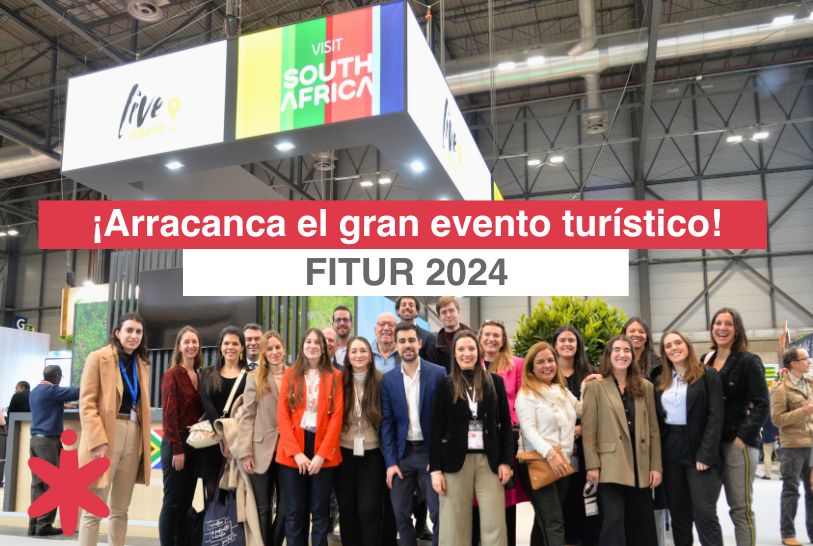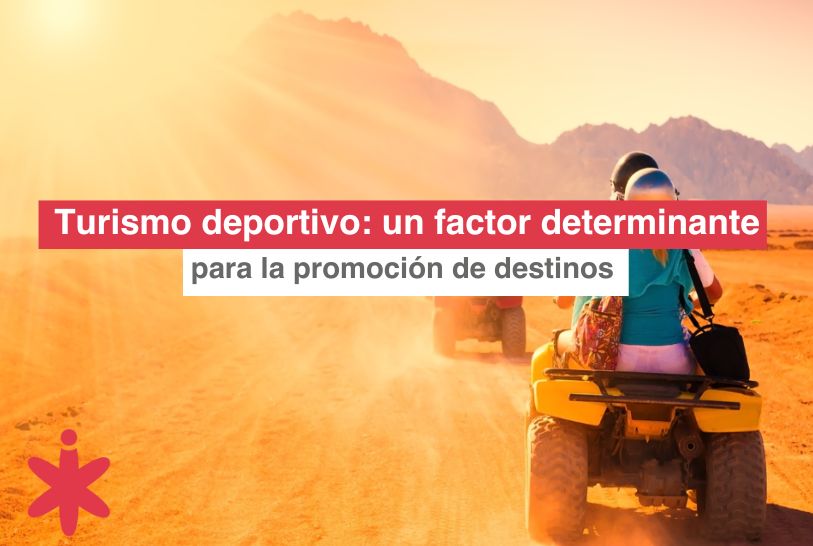The challenge of branding tourism destinations
The challenge of branding tourism destinations

Archaeological tourism, another form of cultural tourism
01/04/2022
Solidarity tourism, a more responsible way of traveling
19/04/2022The challenge of branding tourism destinations
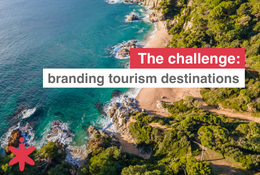
Destinations today find themselves in the constant need to manage and adjust their image to market themselves appropriately in an increasingly competitive and changing environment.
Through marketing strategies, Tourist Offices are continuously developing promotional messages and carrying out branding campaigns with the aim to change the perception people have of a place and thus trying to ensure that the perceived image matches as closely as possible how the destination wishes to be perceived.
The large budget allocation for this purpose, especially in the new online media, makes us wonder about the actual and potential effect of promotional campaigns to successfully reposition and manage the image of a destination. Thus, are marketing tools and promotional campaigns effective when it comes to the change and reposition of a destinations’ image? I say yes!
Nowadays, destinations are not treated very differently from a conventional product, and that is because when you think of a place such as New York, you immediately have an opinion about the city – you can roughly guess its price, its look and feel, its gastronomy, its entertainment offering, its people and culture, its government, its “vibes”… all influenced by the sum of insights that a person receives about the destination throughout his/her life. In this line, destinations have been trying to influence all these features to reach a desired and unique image that:
- Is aligned with the real identity of the destination.
- Is unique and differentiated from other competitors that offer a very similar destination experience.
- Contributes towards the marketing plans of the destination and how it wants to be perceived in the future.
Obviously it is not an easy task to convince the public to break away from the image they have of a destination, but it is worth a try, especially for those places whose reputation is rather negative. For example, many old-fashioned resorts on the Spanish coast are not appealing to the younger generations, or destinations that have traditionally carried a bad reputation in terms of safety and high crime rates, or even some places that are perceived as “boring” and have nothing interesting to offer. Others are just perceived as too expensive (or too cheap), not so open and welcoming to tourists or with a government that sadly takes away the desire of visiting the destination.
To tackle these issues, marketing campaigns and promotional activities seem to be a fairly accessible and direct way to help with diverting people’s perceptions and reduce the gap between the actual and desired image of the destination. However, there are many different elements that exert an influence on a person’s perception of a destination that are unmanageable for DMOs, such as movies, influencers, family and friends or the media, that is a real challenge for Tourism Offices to portray a clean and direct message to their targets. Sometimes these “destination insight generators” play a positive role, but sadly most of the time, the messages they spread around about destinations are not the desired ones.
Let’s look at the example of some holiday resorts in Costa del Sol or Benidorm: these days, they are working to change the consolidated image they have had in Spain for more than fifty years now, mainly based on the offer of rather cheap all-inclusive tourist packages and being a massive, out-dated tourism destination specifically devoted to sun and beach for the senior market. Therefore, to enhance their appeal towards the younger population, families, and the new market trends such as the LGTBI community, these coastal destinations have been renewing their image through off and online campaign projects, communicating that they are modern and smart destination, that offer a wide range of activities throughout the year such as sports, shopping, cultural events, and festivals – which is a more accurate and updated image of themselves.
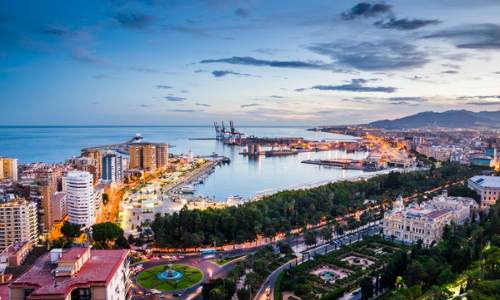
Costa del Sol
Another example could be some destinations of The United Arab Emirates, such as Dubai or Abu Dhabi. They are investing great amounts of money to showcase the real-life experiences you will have if you decide to go on a trip: amazing natural beaches, great levels of cleanliness and safety and many cultural activities, despite being newly created and very technological cities. To do this, among some other trade and marketing activities, both Emirates are partnering with some of the trendiest world influencers, making them brand ambassadors of the destination or biding to host some of most recognised international events, this seeking the benefits that come with co-branding and sponsorship strategies and the association of sport and cultural values.
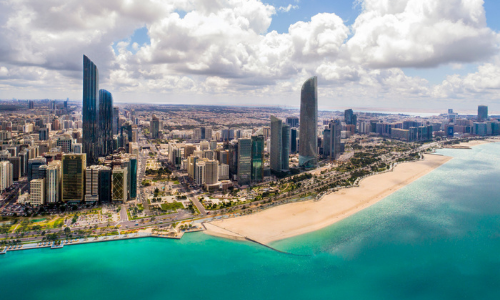
Abu Dhabi
Lastly, I find particularly interesting the Scotland example. They just launched a 360-campaign based around the concept of sustainability, with the message of “Scotland, Yours to Enjoy. Responsibly”, presented with powerful and beautiful imagery of forests and unspoiled landscapes to discover, asking tourists and locals to preserve, care for and respect the nature. With this campaign, promoted on social media and TV, Scotland aims to shape a destination image linked to sustainability. Perceived as an unspoiled and protected gem, respectful of the environment, positioned against mass tourism. Clearly this is a different message to most conventional advertisements for other destinations, which actively urge you to visit the place by listing all its qualities.

Scotland
Obviously, when assessing the effectiveness and potential to which destinations can manage their own perceived image, it is essential to track people’s perception over time, given that changing people’s opinion about any issue is usually a long journey and current realities and trends must be kept in mind.
Repositioning the image of a destinations is a complicated task, but the benefits that it can provide when it is successfully managed are countless. That is why I believe we will continue to see numerous destination adverts with this objective, especially targeting younger generations through social media networks, collaborations with influencer’s or with streaming platforms, and series and film production companies. Time will tell if they have been effective or if, on the contrary, they have not achieved their objective.
Javier Peñalver
Marketing Team


 All the news
All the news  Back to newsroom
Back to newsroom